RESEARCH METHOD
61 Participatory Design

Participatory design is a human-centered approach advocating active user and stakeholder engagement throughout all phases of the research and design process, including co-design activities.
The origin of participatory design is generally credited to Scandinavian initiatives in the 1970s, first in Norway, where computer professionals worked closely with ironworker and metalworker union leaders and members on the integration of new technologies into the workplace.1 Several subsequent projects in Scandinavia involved interdisciplinary research teams from computer science, sociology, economics, and engineering, collaborating with union leaders and members in repair shops, factories, and a department store, again on issues surrounding computer integration and its effect on workplace production and processes. The UTOPIA project of the late 1980s, involving graphics workers in the newspaper industry, sparked the introduction of innovative, experience-based methods such as role-playing scenarios using low-fidelity prototypes.2
Participatory design has since expanded in scope and methods, gaining widespread acceptance as an approach to practice in research and application across industrial design, architecture, urban design, interaction design, and communication design. Participatory design encompasses several methods, with the unifying philosophy that they all involve active consultation with users, clients, and other stakeholders in the design process, ideally through face-to-face contact in activity-based co-design engagements. Methods include cultural probes, diary studies, photo studies, collage, flexible modeling, and creative tool kits and design workshops. Participatory design respects the creative insight of participants to inspire and help guide the design process, and to respond to design outcomes. However, participant input is paired with design expertise, supporting the creative authority of designers to translate collaborations into design criteria, services, and artifacts.
Sanders, Brandt, and Binder have proposed a useful framework for organizing the various approaches, tools, techniques, and methods of current-day participatory design, consolidating several years of research in the area.3 The framework is based on the form of participatory action that describes the method or technique (making, telling, enacting), and purpose, or why the tools and techniques are being used. Four dimensions of purpose are described as probing participants for self-discovery and reporting, priming participants for further participatory engagement, understanding current experience, and generation of future scenarios and concepts. Context further describes how and where participatory design might occur, based on group size and composition, face-to-face or online, venue, and stakeholder relationships between the designer-researchers and participants.
1. Kuhn, Sara, and Terry Winograd. “Participatory Design” in Bringing Design to Software, New York: Addison-Wesley, 1996.
2. Ehn, Pelle. “Scandinavian Design: On Participation and Skill” in Usability: Turning Technologies into Tools, New York: Oxford University Press (1992): 96–132.
3. Sanders, Elizabeth B.-N., Eva Brandt, and Thomas Binder. “A Framework for Organizing the Tools and Techniques of Participatory Design.” Participatory Design Conference (PDC) Proceedings, 2010.
4. Baskinger, Mark, and Bruce Hanington. “Sustaining Autonomous Living for Older People Through Inclusive Strategies for Home Appliance Design” in Designing Inclusive Futures. London: Springer, 2008.
Baskinger, Mark. “Autonomy + the Aging Population: Designing Empowerment into Home Appliances.” Proceedings of Design and Semantics of Form and Movement (DeSForM) (2007): 133–146.
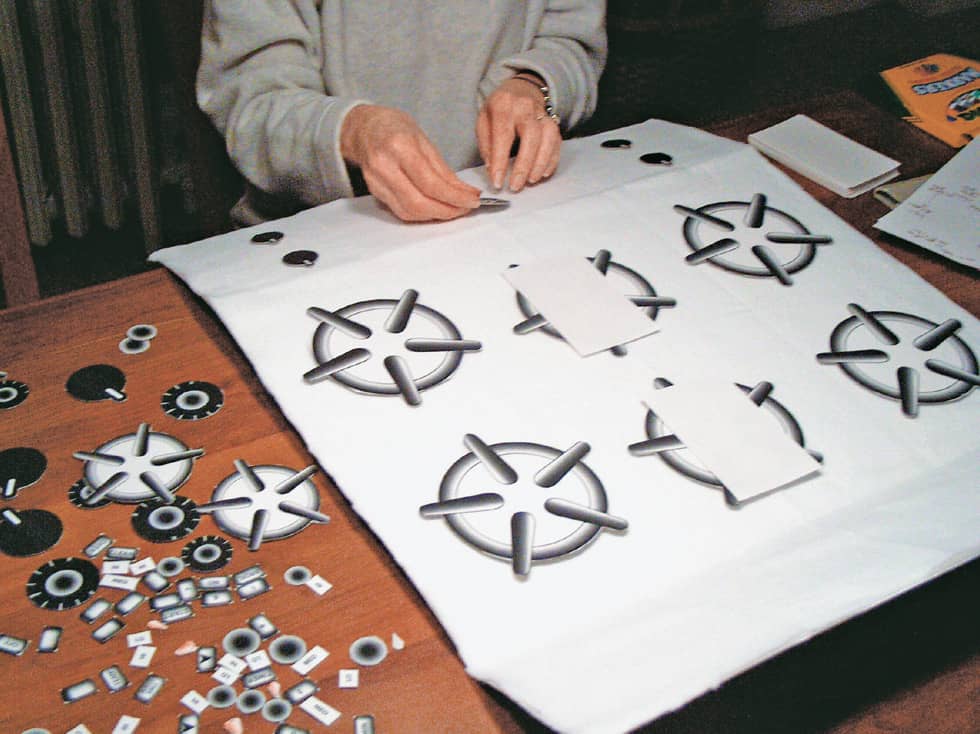
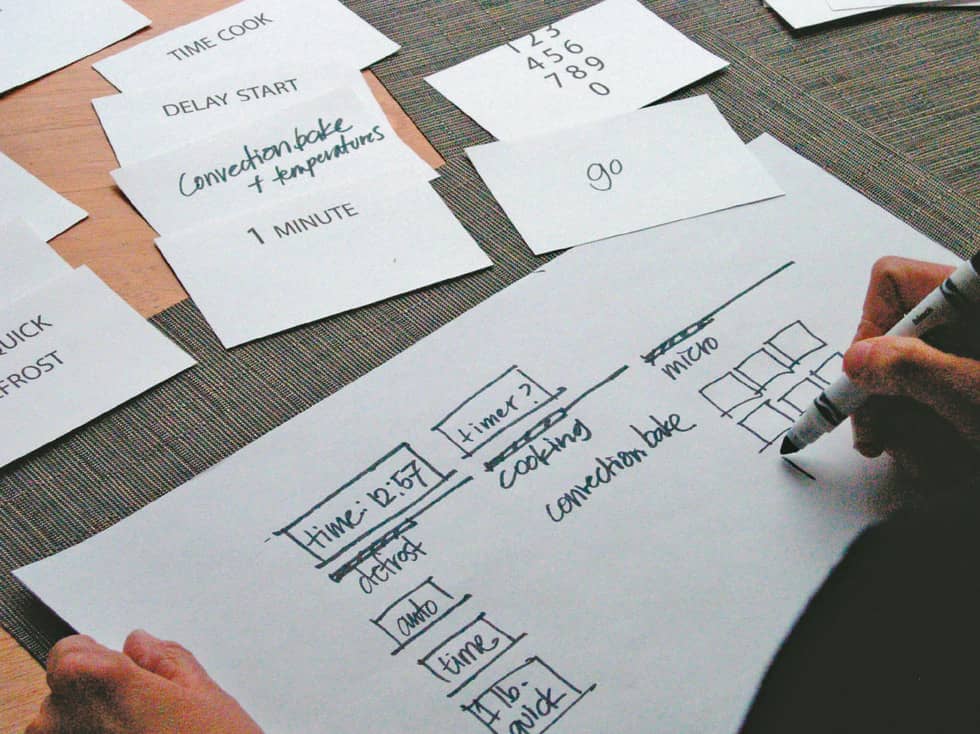
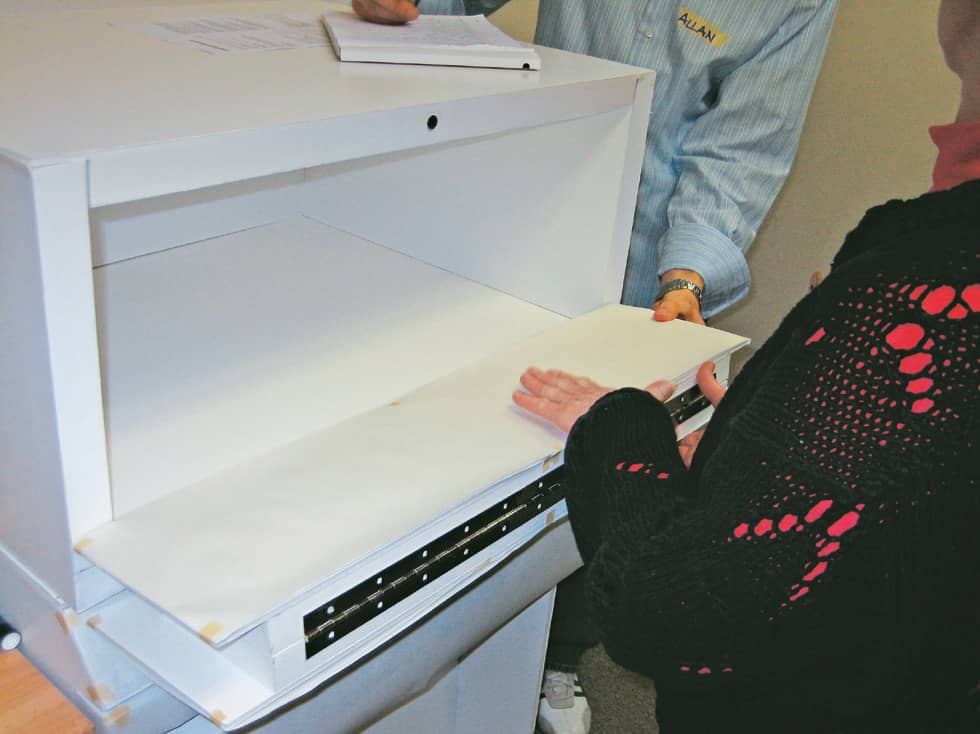
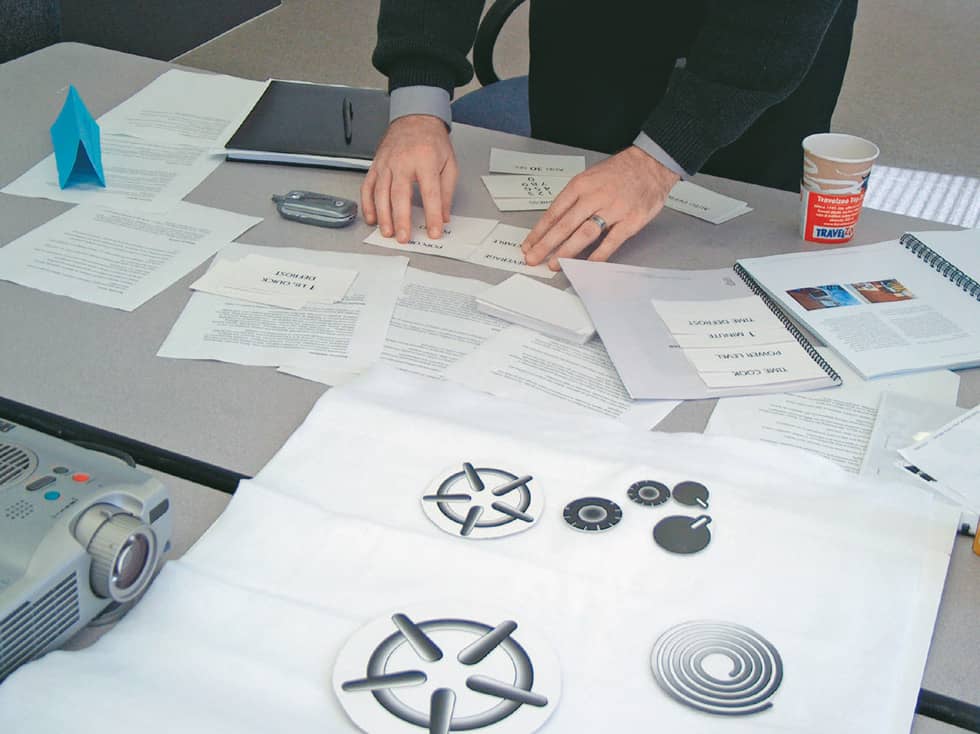
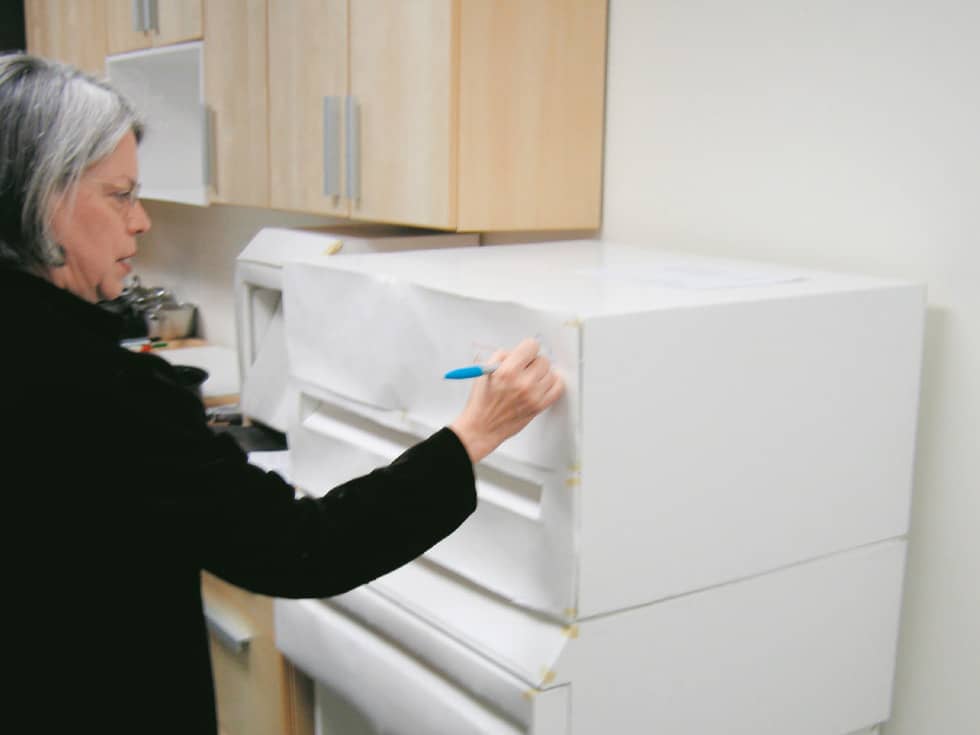
Participatory design engages users in a wide range of activities throughout the exploratory, generative, and evaluative cycles of research and design. Here participants use creative toolkits for design input, and offer feedback on prototypes, for a project on appliance design for the aging population.4
